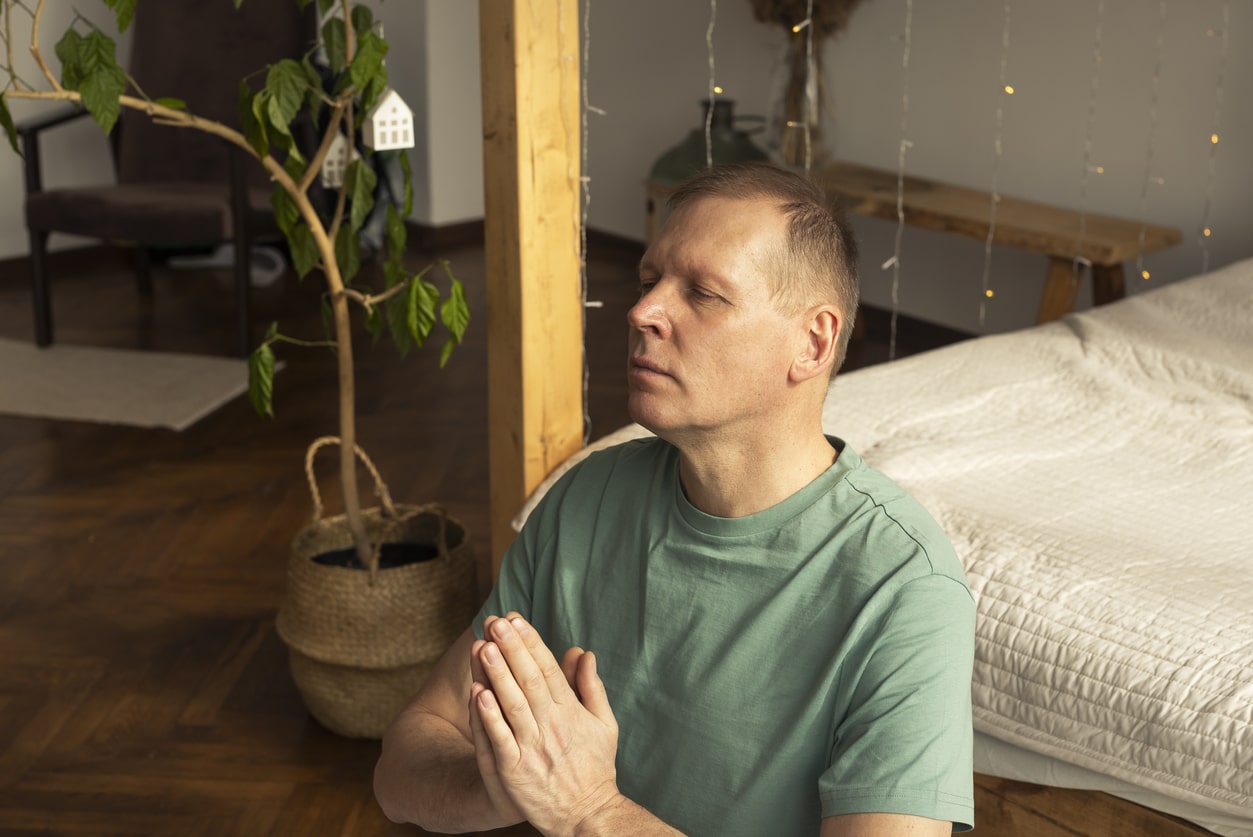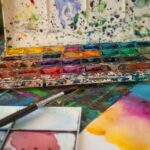Now Reading: Expressive Art Therapy for Addiction: A Path to Healing Through Creativity
-
01
Expressive Art Therapy for Addiction: A Path to Healing Through Creativity
Expressive Art Therapy for Addiction: A Path to Healing Through Creativity

Addiction recovery is not just about quitting a substance—it’s about rebuilding the self, healing emotional wounds, and learning new ways to cope. While talk therapy and medication play essential roles, creative approaches like expressive art therapy for addiction are gaining recognition for their ability to help people process emotions and reconnect with themselves.
Expressive art therapy provides a safe, nonverbal outlet for feelings that may be too difficult to put into words. Whether it’s through painting, drawing, movement, or music, this therapeutic method invites individuals to explore their inner world with compassion and creativity. In addiction treatment, it becomes a powerful tool for stress relief, self-awareness, and emotional recovery.
In this article, we’ll explore how expressive art therapy for addiction promotes healing and how it can be a valuable part of a holistic recovery plan.
What Is Expressive Art Therapy?
Expressive art therapy is a form of psychotherapy that uses creative expression as a way to explore emotions, reduce anxiety, and improve mental well-being. It can include various artistic activities such as:
- Drawing and painting
- Collage making
- Sculpting or clay work
- Writing and journaling
- Dance or movement
- Music and sound expression
Unlike traditional art classes, expressive art therapy focuses on the process, not the product. It’s not about creating something beautiful—it’s about expressing what’s inside.
According to the American Art Therapy Association, expressive art therapy is especially helpful for people dealing with trauma, anxiety, depression, and substance use disorders 1.
Why Expressive Art Therapy for Addiction Works
Addiction often silences emotions. Many people use substances to escape feelings of shame, grief, fear, or anger. In recovery, those emotions resurface—and can be overwhelming.
Expressive art therapy for addiction gives people a safe, healthy way to process these emotions without relying on substances.
How it helps:
- Bypasses verbal blocks—ideal for people who struggle to talk about their past
- Builds self-awareness by revealing hidden thoughts or triggers
- Reduces stress through calming, focused creative activity
- Strengthens identity by exploring who you are without addiction
- Encourages emotional release in a non-judgmental way
A 2016 study in Art Therapy: Journal of the American Art Therapy Association found that participants in expressive art therapy sessions showed a significant reduction in anxiety and increased emotional clarity after just one session 2.
Benefits of Expressive Art Therapy for Addiction
1. Boosts Self-Awareness and Insight
Art can reveal thoughts and feelings that lie below the surface. For someone in recovery, this insight is essential.
Through colors, shapes, or symbols, individuals begin to recognize emotional triggers, patterns of behavior, and unmet needs.
Over time, this awareness helps build healthier responses to stress and cravings.
2. Reduces Stress and Regulates Emotions
The act of creating art naturally slows breathing, relaxes the body, and quiets the mind. It functions similarly to mindfulness, allowing people to stay present and engaged.
This makes expressive art therapy for addiction a powerful tool for managing:
- Anxiety
- Depression
- Sleep issues
- Impulsive behaviors
A 2017 study in Frontiers in Psychology found that regular participation in art therapy reduced cortisol levels (the stress hormone) and improved emotional regulation in individuals recovering from substance use 3.
3. Provides a Safe Outlet for Painful Emotions
Some feelings are too painful or confusing to say out loud. Expressive art gives those feelings form. A person might draw a storm to represent anger or a locked door to represent fear.
This symbolic distance creates emotional safety. It allows people to face their pain without being overwhelmed by it.

4. Builds Confidence and Self-Esteem
Addiction can damage self-worth. People may feel broken, ashamed, or uncertain of who they are.
Creating something—anything—helps rebuild that sense of self. Completing an art project, even a small one, can give people a sense of pride and capability.
This confidence often grows and spills into other parts of recovery.
5. Encourages Healthy Expression and Communication
Many individuals with substance use disorders struggle to express themselves clearly. Art therapy helps develop emotional vocabulary and communication skills.
In group settings, sharing artwork fosters connection and empathy. It helps people realize they’re not alone in their feelings.
Real-Life Example: Healing Through Art
Mark, 45, entered treatment for alcohol addiction with a history of trauma he had never spoken about.
“I didn’t want to talk. But my counselor gave me pastels and asked me to draw what pain looked like. I sketched a shattered window. That image became the beginning of my healing. I still don’t like talking much, but I draw every day.”
Mark found his voice through art—and continues using it as a tool for ongoing recovery.
Common Expressive Art Therapy Activities in Addiction Recovery
Here are some simple but powerful art therapy exercises often used in treatment settings:
Feelings Collage
Cut out magazine images or words that represent your current emotions. Arrange them on a page to reflect your inner state.
Draw Your Addiction
Use shapes, colors, or symbols to represent what addiction feels like or looks like to you.
Create a Safe Place
Design an image of a space where you feel completely safe. This can be used as a grounding tool during anxious moments.
Art Journaling
Combine written reflections with images, doodles, or colors to track your emotional journey in recovery.
How to Begin Expressive Art Therapy at Home
Even if you’re not in formal treatment, you can still benefit from expressive art therapy at home.
Getting started:
- Choose simple supplies: paper, pens, markers, or paints
- Set a quiet time and space each day or week
- Use prompts like “What does peace look like to me?” or “How do I feel today?”
- Focus on the process, not how it looks
- Reflect afterward—what did you feel while creating?
If you’re ready for deeper work, consider finding a licensed art therapist through the Art Therapy Credentials Board (ATCB) or a local addiction recovery center.
Final Thoughts: Art as a Bridge to Recovery
Expressive art therapy for addiction offers something uniquely powerful: the ability to feel, explore, and heal without words. It doesn’t replace other treatments—but it beautifully complements them.
Through creativity, people in recovery learn to understand themselves, manage their emotions, and reclaim a sense of joy and purpose. It’s not about being an artist. It’s about being honest, open, and willing to heal.
If you or someone you love is navigating recovery, consider picking up a brush, a pen, or even a lump of clay. What starts as a creative act might become the most healing part of the journey.
Sources
- American Art Therapy Association. (2023). What is Art Therapy? [https://arttherapy.org] ↩
- Kaimal, G., Ray, K., & Muniz, J. (2016). Reduction of Cortisol Levels and Participants’ Responses Following Art Making. Art Therapy Journal. ↩
- Haeyen, S., et al. (2017). The Effectiveness of Art Therapy for Emotional Regulation. Frontiers in Psychology. ↩
























